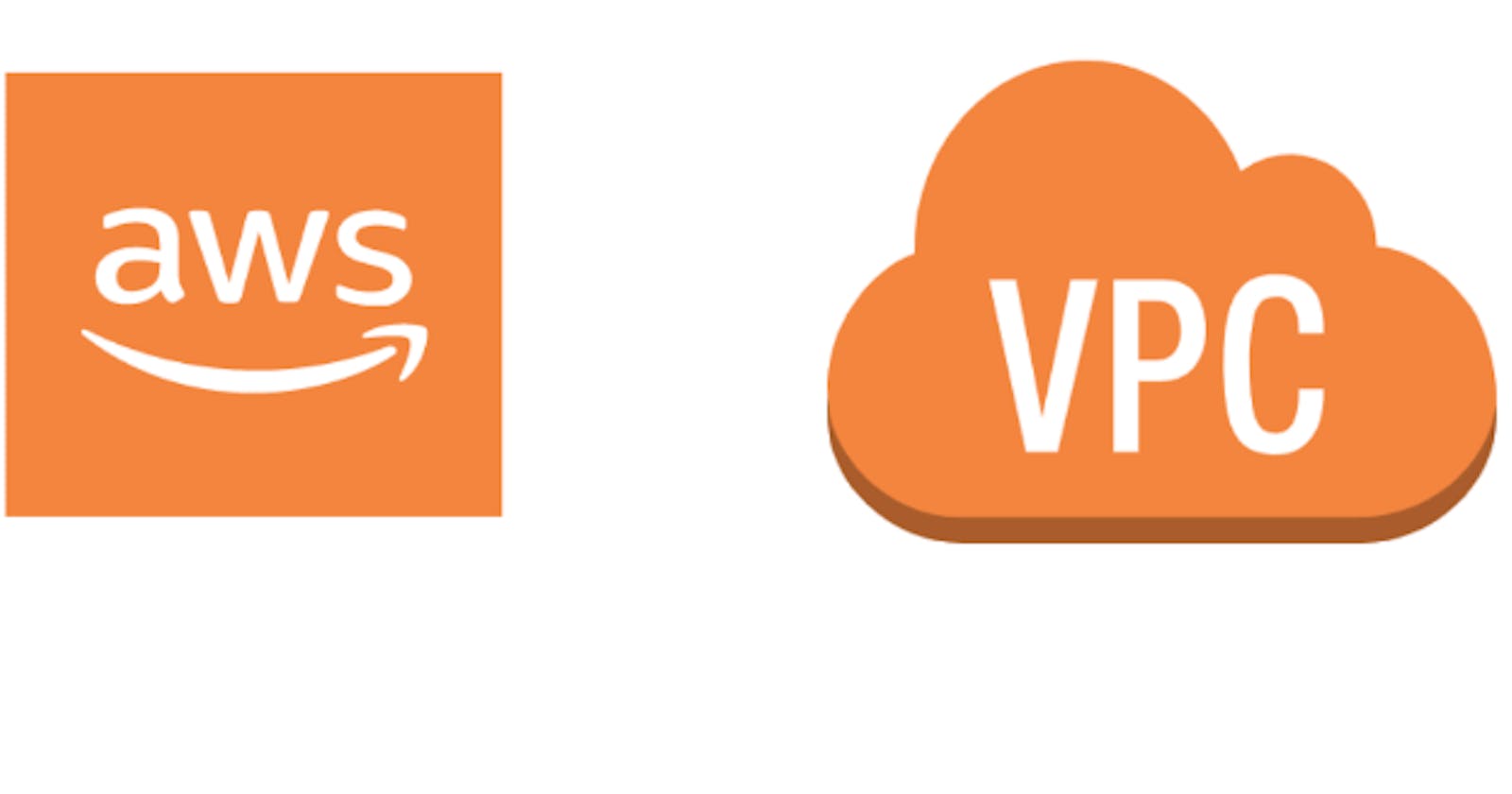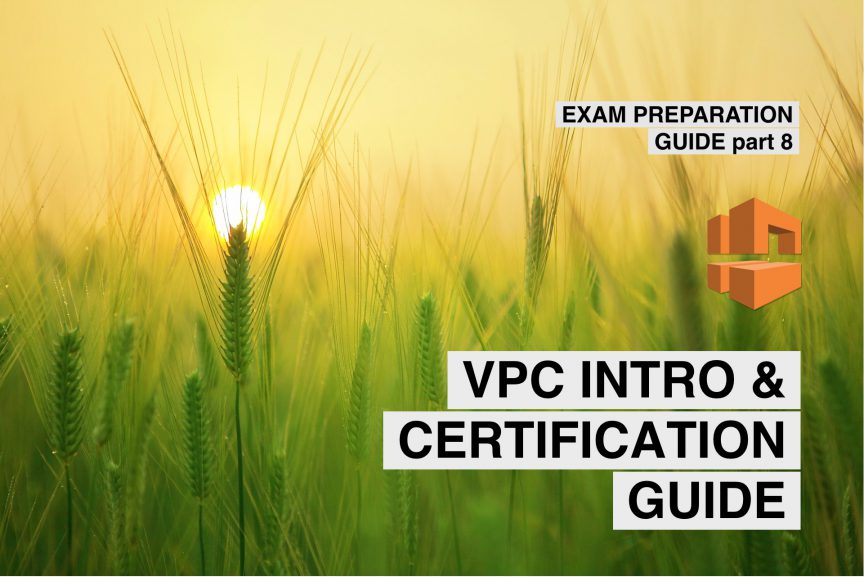So, you've landed here because you're looking to master RemoteIoT VPC network AWS, and that's awesome! Whether you're a tech enthusiast, a cloud engineer, or someone just dipping their toes into the world of AWS, this guide is exactly what you need. Let's face it, understanding AWS networking can feel like trying to solve a Rubik's Cube blindfolded, but don’t sweat it. We’re about to break it down for you step by step. And guess what? By the end of this guide, you’ll be confident enough to tackle even the most complex RemoteIoT VPC setups.
Now, before we dive deep into the nitty-gritty of mastering RemoteIoT VPC network AWS, let’s set the stage. AWS is more than just a cloud platform—it’s a game-changer for businesses and developers alike. But when it comes to setting up secure and scalable networks, things can get tricky. That’s where Virtual Private Cloud (VPC) comes in. It’s like your own private playground in the cloud, and RemoteIoT VPC is the VIP section where all the cool stuff happens. Stick with me, and we’ll make sure you’re not just playing around but dominating this space.
Before we move on, let me drop a quick teaser: this guide isn’t just another tech jargon-filled article. We’re going to simplify everything, give you actionable insights, and maybe throw in a couple of nerdy jokes along the way. So, if you’re ready to level up your AWS networking skills, let’s get started!
Read also:Corpse Album Cover The Art Controversy And Influence
What Exactly is RemoteIoT VPC Network AWS?
Alright, let’s start with the basics. RemoteIoT VPC network AWS is essentially a specialized setup within AWS’s Virtual Private Cloud (VPC) designed specifically for remote IoT devices and applications. Think of it as a secure and isolated network environment where your IoT devices can communicate seamlessly without exposing sensitive data to the public internet. It’s like having a private club where only your IoT devices are allowed to party.
Here’s the deal: in today’s connected world, IoT devices are everywhere—from smart homes to industrial automation. But managing these devices securely can be a challenge. That’s where AWS VPC comes in. By creating a RemoteIoT VPC, you can ensure that your IoT devices are isolated from other resources, reducing the risk of unauthorized access and data breaches.
Some key features of RemoteIoT VPC include:
- Isolated network environment for IoT devices
- Advanced security controls like ACLs and security groups
- Integration with AWS IoT Core for seamless device management
- Scalability to handle thousands of devices
So, whether you’re building a smart city application or managing a fleet of industrial sensors, RemoteIoT VPC is your go-to solution for secure and efficient IoT networking.
Why Mastering RemoteIoT VPC Network AWS Matters
Now that we know what RemoteIoT VPC is, let’s talk about why mastering it is so important. In today’s hyper-connected world, IoT is no longer a buzzword—it’s a reality. And as more and more devices come online, the need for secure and scalable networking solutions becomes critical.
Here are a few reasons why mastering RemoteIoT VPC network AWS should be on your to-do list:
Read also:Yuppow Tv The Ultimate Streaming Platform For Entertainment Enthusiasts
- Security: Protect your IoT devices and data from cyber threats by isolating them in a secure VPC environment.
- Scalability: Handle growth without breaking a sweat. AWS VPC is designed to scale with your needs, ensuring your IoT infrastructure can grow as your business expands.
- Performance: Optimize network performance by configuring VPC settings to meet your specific requirements.
- Cost Efficiency: By managing resources efficiently within a VPC, you can reduce costs and maximize ROI.
Let’s face it, in the world of IoT, security and scalability are non-negotiable. And mastering RemoteIoT VPC network AWS is the key to achieving both.
Setting Up Your First RemoteIoT VPC
Step 1: Understanding the Basics
Before you dive into setting up your RemoteIoT VPC, it’s important to understand the building blocks. AWS VPC consists of several components, including:
- VPC Subnets: These are segments of your VPC where you can launch resources. Think of them as neighborhoods within your private cloud.
- Internet Gateway: This is the gateway to the public internet, allowing your VPC to communicate with the outside world.
- Route Tables: These determine how traffic flows within and outside your VPC.
- Security Groups and ACLs: These control access to your resources, ensuring only authorized traffic is allowed in and out.
Now, let’s break down how to set up your first RemoteIoT VPC:
Step 2: Creating the VPC
Head over to the AWS Management Console and navigate to the VPC dashboard. Click on “Create VPC” and follow these steps:
- Name your VPC (e.g., RemoteIoT-VPC)
- Set the IPv4 CIDR block (e.g., 10.0.0.0/16)
- Enable DNS hostnames for easier resource identification
Once your VPC is created, it’s time to configure subnets and other components.
Best Practices for Securing Your RemoteIoT VPC
Security is a top priority when it comes to IoT networking. Here are some best practices to keep your RemoteIoT VPC secure:
- Use Security Groups: Restrict inbound and outbound traffic to only what’s necessary for your IoT devices.
- Implement Network ACLs: Add an extra layer of security by defining rules at the subnet level.
- Encrypt Data in Transit: Use SSL/TLS to encrypt data between your IoT devices and the cloud.
- Monitor Activity: Set up CloudWatch alarms to detect and respond to suspicious activity.
Remember, security isn’t a one-time thing—it’s an ongoing process. Regularly review and update your security policies to stay ahead of potential threats.
Scaling Your RemoteIoT VPC
Understanding Scalability in AWS VPC
As your IoT deployment grows, so will your VPC. AWS VPC is designed to scale horizontally and vertically, allowing you to accommodate more devices and traffic without compromising performance.
Here are some tips for scaling your RemoteIoT VPC:
- Add More Subnets: Create additional subnets to handle increased traffic and resource demands.
- Optimize Route Tables: Ensure your route tables are configured for optimal traffic flow.
- Use Auto Scaling: Automatically scale resources up or down based on demand.
Scaling your VPC doesn’t have to be complicated. With the right planning and configuration, you can ensure your IoT infrastructure grows seamlessly with your business.
Integrating AWS IoT Core with Your RemoteIoT VPC
AWS IoT Core is a fully managed service that makes it easy to connect and manage IoT devices at scale. Integrating it with your RemoteIoT VPC allows you to securely communicate with your devices and process data in real-time.
Here’s how to integrate AWS IoT Core with your VPC:
- Create an IoT policy to define permissions for your devices
- Set up a VPC endpoint for AWS IoT Core to enable private communication
- Configure device certificates and keys for secure authentication
By integrating AWS IoT Core with your RemoteIoT VPC, you can unlock the full potential of your IoT deployment.
Troubleshooting Common Issues in RemoteIoT VPC
Even the best-laid plans can encounter hiccups. Here are some common issues you might face when working with RemoteIoT VPC and how to troubleshoot them:
- Connectivity Issues: Check your route tables and security groups to ensure proper configuration.
- Performance Bottlenecks: Optimize your subnets and resource placement for better performance.
- Security Breaches: Regularly audit your security settings and update policies as needed.
Don’t let these issues slow you down. With the right tools and knowledge, you can quickly identify and resolve any problems that arise.
Real-World Examples of RemoteIoT VPC Deployments
To give you a better understanding of how RemoteIoT VPC works in practice, let’s look at a couple of real-world examples:
Example 1: Smart Agriculture
In the world of smart agriculture, IoT sensors are used to monitor soil moisture, temperature, and other environmental factors. By setting up a RemoteIoT VPC, farmers can securely collect and analyze data from their sensors, making informed decisions about crop management.
Example 2: Industrial Automation
Manufacturing plants rely on IoT devices to monitor equipment performance and optimize production processes. A RemoteIoT VPC ensures that these devices can communicate securely and efficiently, reducing downtime and increasing productivity.
These examples demonstrate the versatility and power of RemoteIoT VPC in real-world applications.
Future Trends in RemoteIoT VPC Networking
As technology continues to evolve, so do the possibilities for RemoteIoT VPC networking. Here are a few trends to watch out for:
- Edge Computing: Moving computation closer to the devices for faster processing and reduced latency.
- 5G Integration: Leveraging 5G networks for enhanced connectivity and performance.
- AI and Machine Learning: Using AI to optimize network performance and predict potential issues.
Stay ahead of the curve by keeping an eye on these trends and incorporating them into your RemoteIoT VPC strategy.
Conclusion: Take Action and Master RemoteIoT VPC
And there you have it—a comprehensive guide to mastering RemoteIoT VPC network AWS. From understanding the basics to setting up your first VPC, securing your network, and scaling for growth, we’ve covered it all. Now it’s your turn to take action.
Here’s what you can do next:
- Start experimenting with your own RemoteIoT VPC setup
- Share this article with your network to help others master RemoteIoT VPC
- Leave a comment below with any questions or feedback
Remember, mastering RemoteIoT VPC network AWS isn’t just about learning the technology—it’s about unlocking the full potential of your IoT deployments. So, what are you waiting for? Get out there and start building!
Table of Contents
- What Exactly is RemoteIoT VPC Network AWS?
- Why Mastering RemoteIoT VPC Network AWS Matters
- Setting Up Your First RemoteIoT VPC
- Best Practices for Securing Your RemoteIoT VPC
- Scaling Your RemoteIoT VPC
- Integrating AWS IoT Core with Your RemoteIoT VPC
- Troubleshooting Common Issues in RemoteIoT VPC
- Real-World Examples of RemoteIoT VPC Deployments
- Future Trends in RemoteIoT VPC Networking
- Conclusion: Take Action and Master RemoteIoT VPC

